Normally at 10:30 a.m. on a Friday morning, I’m hanging out at the 250-year-old Capt. Benjamin Smith house at the corner of Davis Lane and South Summer street in Edgartown. In other words, I’m at the Vineyard Gazette office, attending the weekly news meeting.
But at 10:30 a.m. on a Friday a few weeks ago, I was two blocks away. Not at the courthouse – don’t worry! But standing on the steps of the Old Whaling Church, about to embark on a historic tour of Edgartown, hosted by the Vineyard Preservation Trust, which, coincidentally, owns the Capt. Benjamin Smith House.
Despite working at the Gazette for seven years, where my little corner of the office is a space off of the newsroom that once was photographer Alison Shaw’s darkroom and now houses much of the Vineyard Gazette archives, I haven’t managed to absorb as much of the history of Edgartown as I would have liked.
But I got curious about the Trust’s historic walking tour after hearing Sissy Biggers, the Trust ’ s program director (and a Vine contributor) tell me how much she enjoyed giving the tours. I thought that was remarkable, given that she must have walked these brick sidewalks and rose-lined streets hundreds of times. Even more intriguing: the historical tours are the only way the public can see the inside of some of the town ’ s oldest properties.
On the morning I queued up, the Trust’s lead educator, Laura Pla, was guiding the tour. Laura lives on Chappaquiddick now but spent many years working with The National Trust for Historic Preservation at The Glass House in New Canaan, Conn. She’s a pro. The tour was full; the limit is a manageable 14 people, which is lovely. Though technically we were 16, with two small pooches.
Our route took us from the Old Whaling Church on Main street to the Dr. Daniel Fisher House right next door, and then to the Vincent House directly behind both. From there we crossed over Main street and walked three blocks south to the corner of Davis and School streets to The Cooke House & Legacy Gardens, which are owned by the Martha’s Vineyard Museum. In a new collaboration between the Museum and the Trust, the Cooke House is now being included on the tour.
Afterwards, we walked back up South Summer street, stopped briefly outside the Gazette building, and turned down Davis Lane to South Water street, where we saw the giant Pagoda tree, and several whaling captains’ houses before finishing up at The Carnegie Heritage Center on North Water street. The tour is billed at 75 minutes, but the actual walking time is far less and is manageable for anyone. Tours happen Tuesday through Saturday at 10:30 a.m. through August 31. The cost is $25 for adults, $1 0 for children.
Three Centuries in An Hour
But I confess, at the Cooke House, I was more interested in the area outside of the house than in. The variously themed legacy gardens, the colonial raised-bed herb garden and the baby Pagoda tree are a delight for garden lovers like me. Also, there is a fascinating 1850 map of Edgartown etched in stone outside the house, which shows how Cooke street was once the heavily trafficked Commercial street (and before that Meetinghouse Way because it led from the wharves up to the customs house).
Laura told us, in noting the tens of thousands of ships that came through Edgartown in the 1800s, “Think of Vineyard Sound as I-95. We were the Vince Lombardi rest stop on the New Jersey turnpike.”
The Way, Way Back Machine
For me, the design and construction of the 1672 Vincent House was the coolest by far. Seeing the inside of one of the oldest surviving residences on the Vineyard was eye-opening. Eight generations of the Vincent family lived continuously in this full Cape, which, Laura explained, was originally located in the Edgartown Great Pond area. It was a family homestead on 20 acres where the family raised food.
In 1977, the house was moved to the center of Edgartown village and positioned on a new fieldstone foundation, with fruit trees and a garden to mimic its original purpose. During restoration, care was taken to preserve the house – a post and beam full cape with wattle and daub construction – as it was built. Or, more accurately, built and reinforced over hundreds of years.
On the tour, thanks to exposed sections covered by plastic, you are able to see the spindly scrub-oak trunks used in original construction, as well as the oak staves and clay daub of later construction. In other parts of the house, you can see wide planks used as original siding. They were called bay boards since they had to travel from Buzzards Bay to the Island, which didn’t have large enough trees to cut boards this wide.
In the parlor is a giant cooking hearth, as well as the bed the adults would have slept in at night. A small room next to it – on what would have been the warm side of the house – was a birthing room. A pantry is on the cooler side of the house. There are only three main rooms.
One of the eight generations of Vincents updated the formal gathering room during the Victorian era with a fancy mantlepiece and cabinetry. Restorers kept that era alive in that room, which gives you an odd sense of time travel when you enter it from the very rustic parlor.
The tour ends by bringing you into the 20th century, architecturally speaking, with the arrival at the neoclassical Carnegie Heritage Center built in 1904 as the original Edgartown Public Library. Inside this beautifully restored space, you could spend at least another hour exploring the Living Landmarks exhibits.
Or you could just settle into one of the really comfortable chairs in the front reading room to browse through old magazines and books.
That sure seemed tempting to me, but the time machine was calling me back to the present. Good thing the Carnegie is only a short hop from my office. I’ll be back. And you may see me tagging along when you sign up for a
tour.
_________________
Susie Middleton is editor of The Vine.






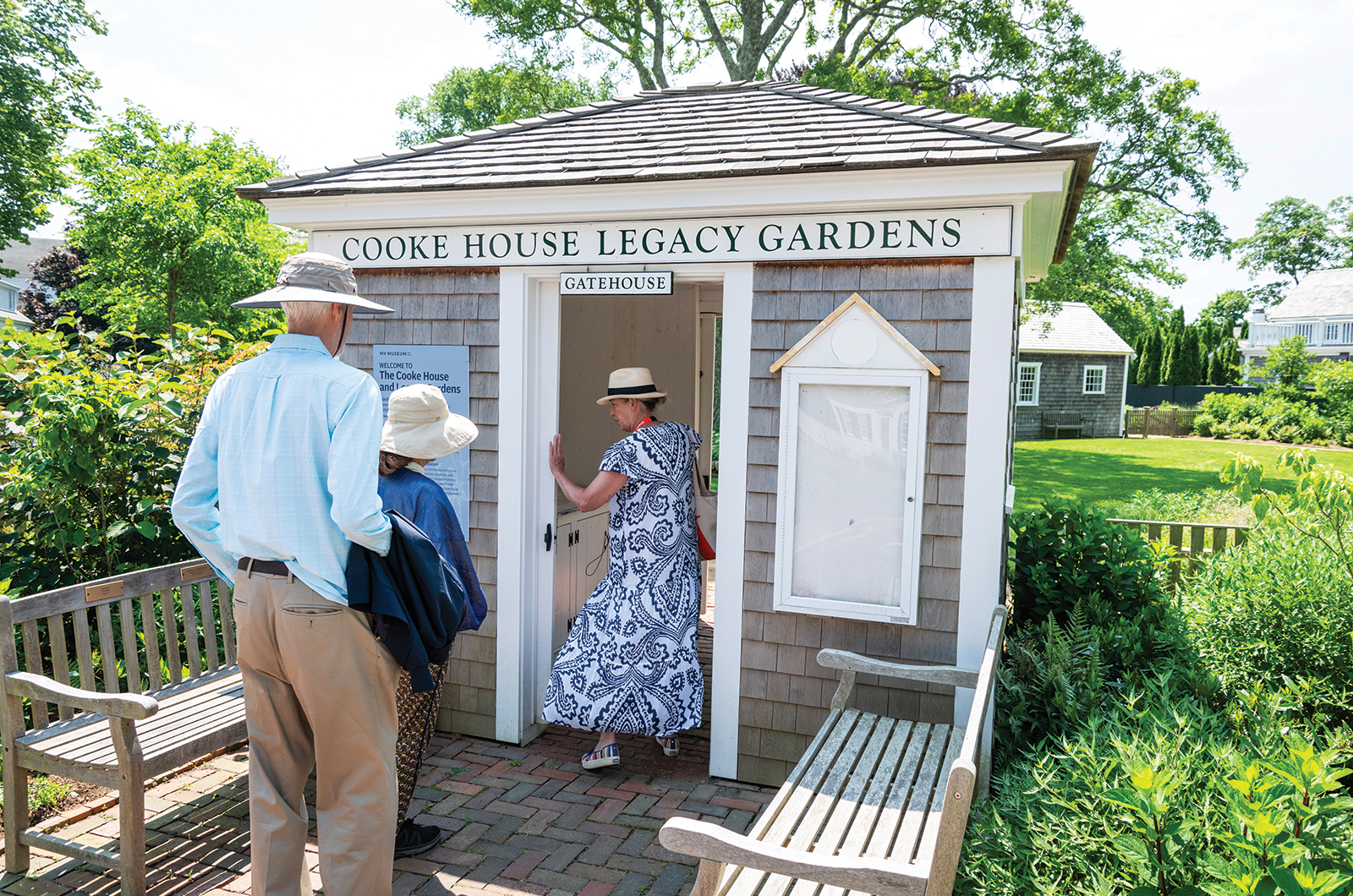
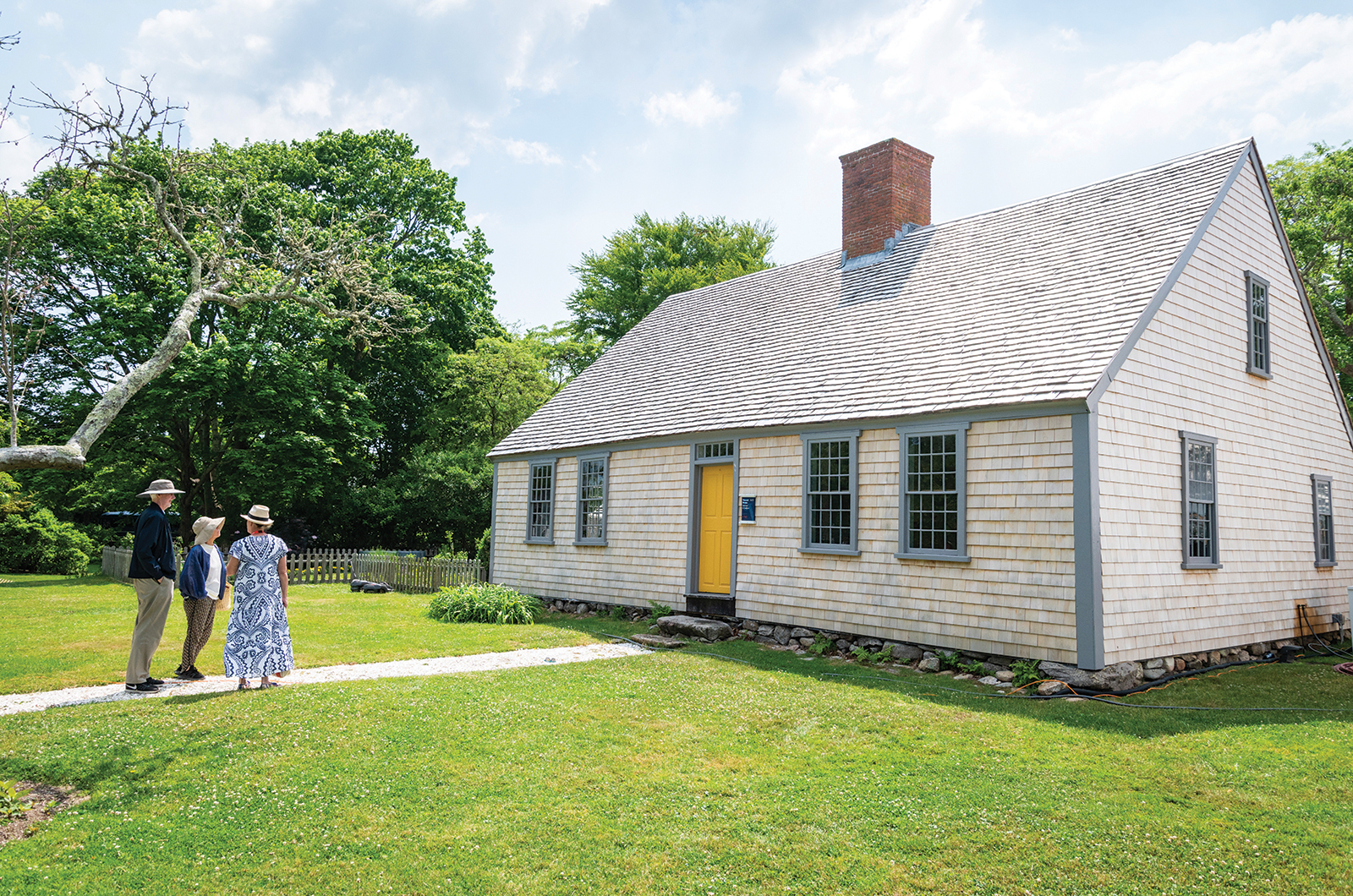
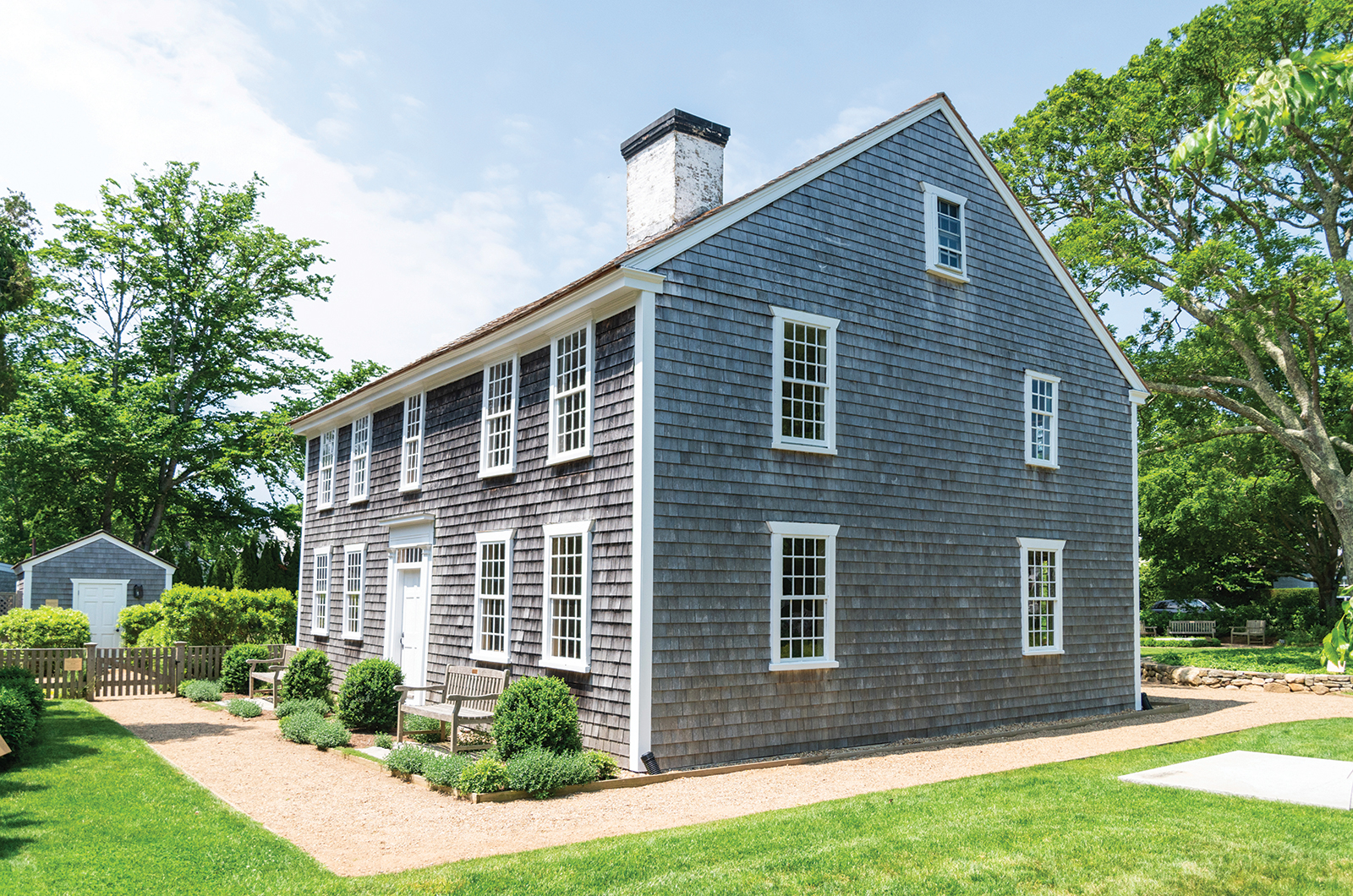
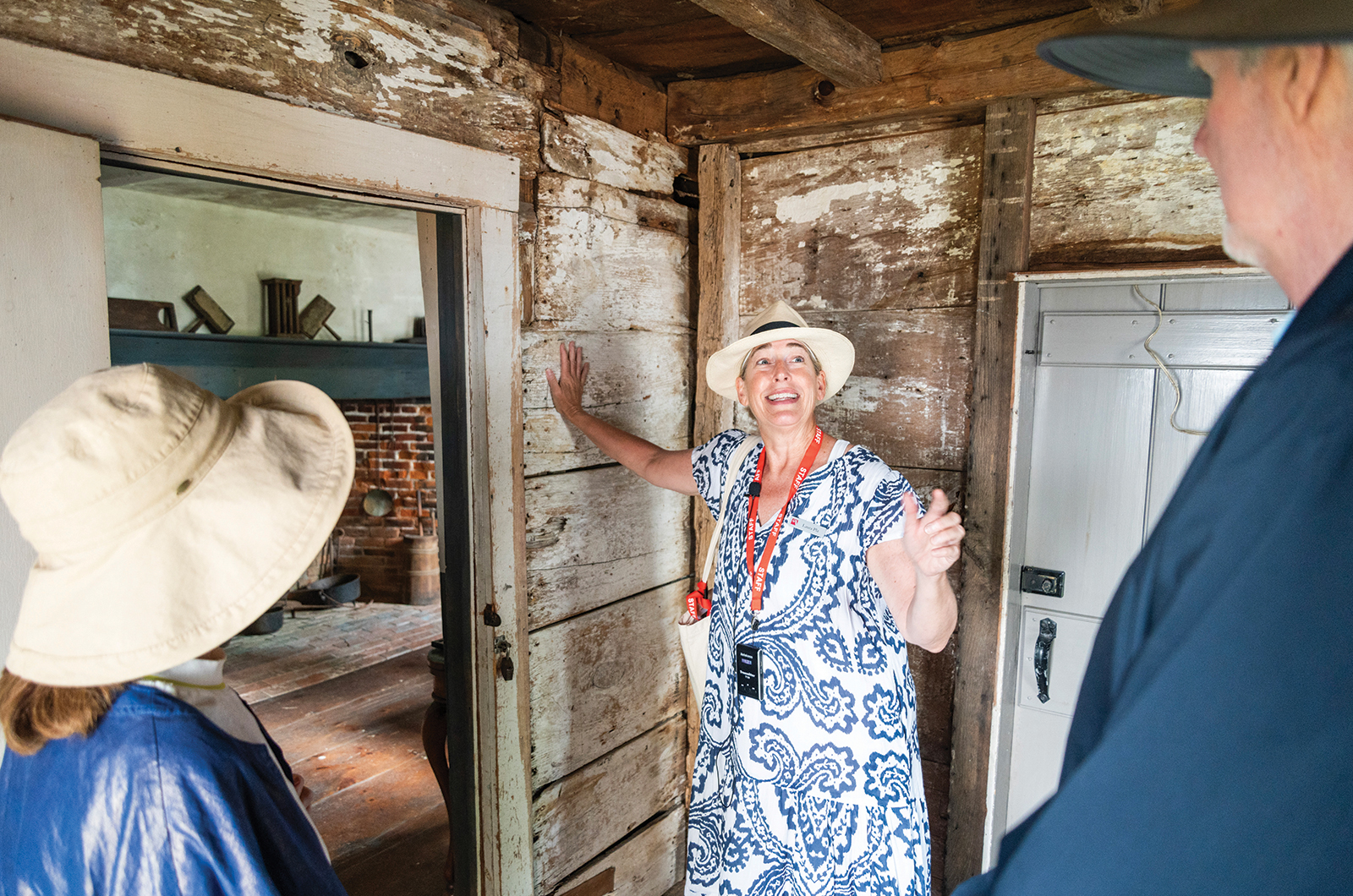
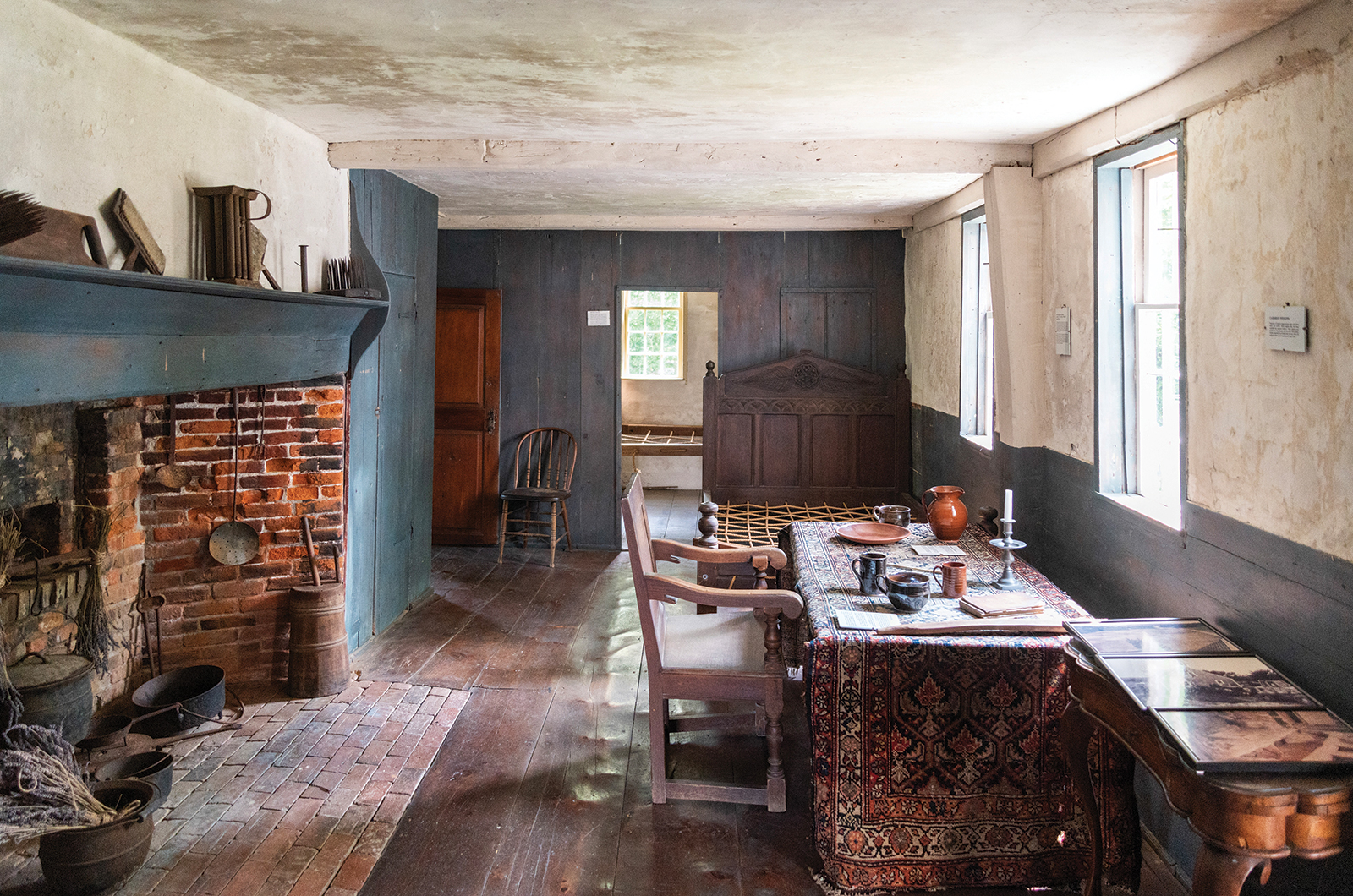
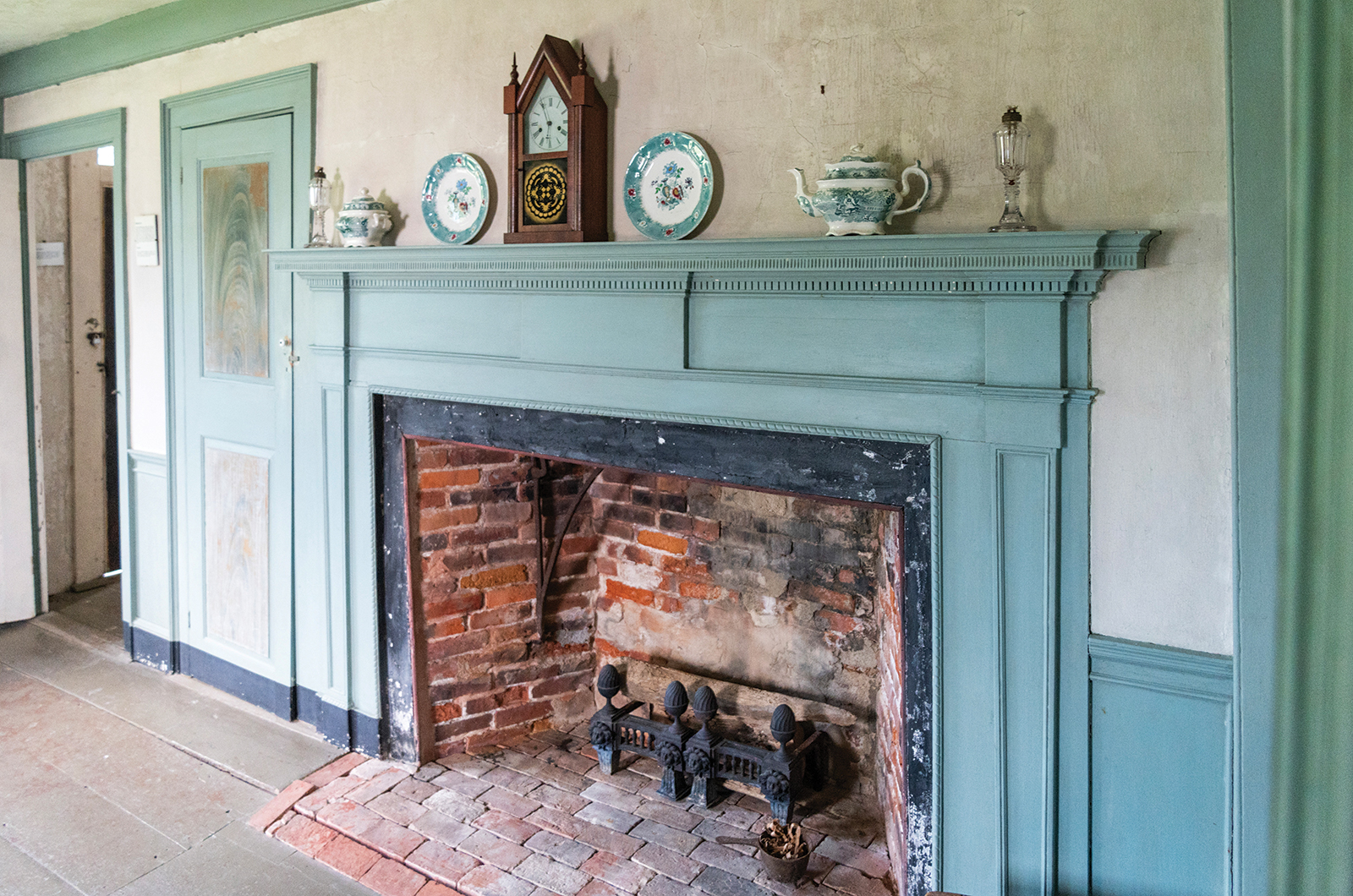
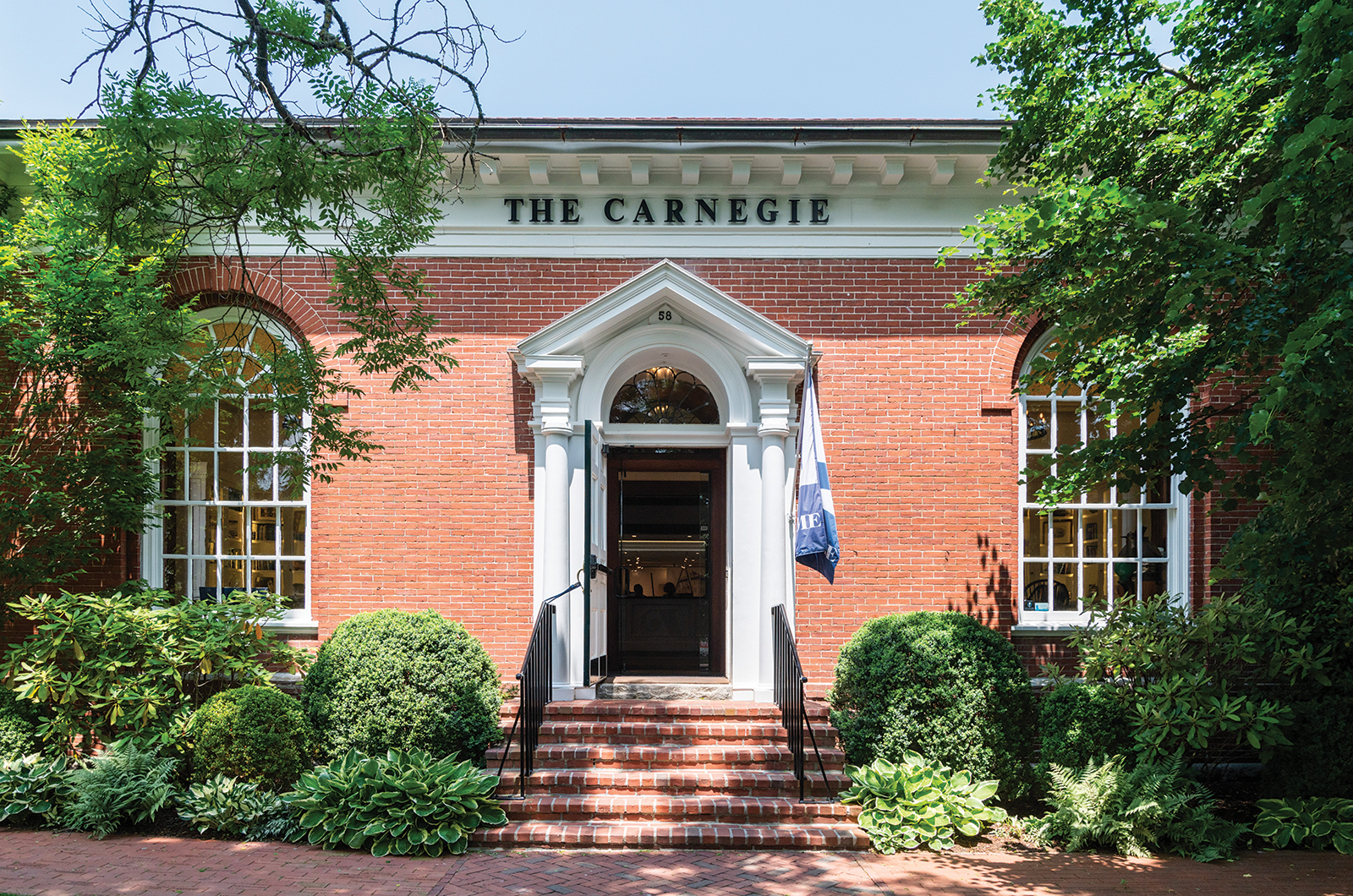






Comments